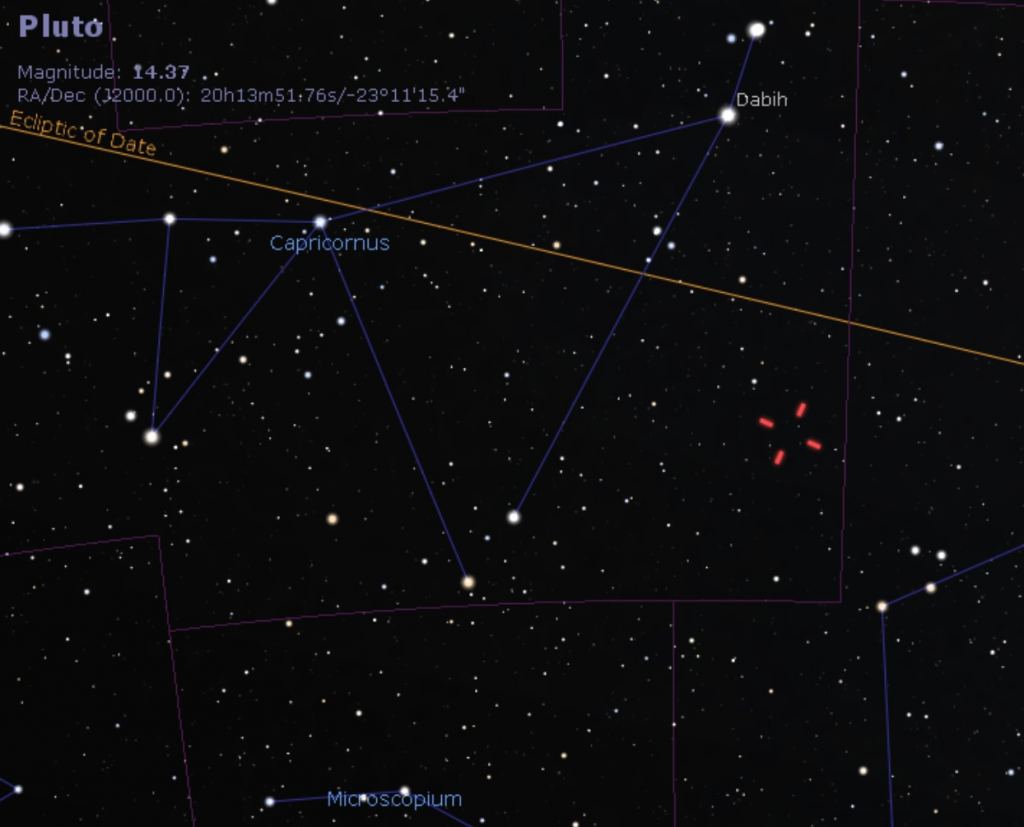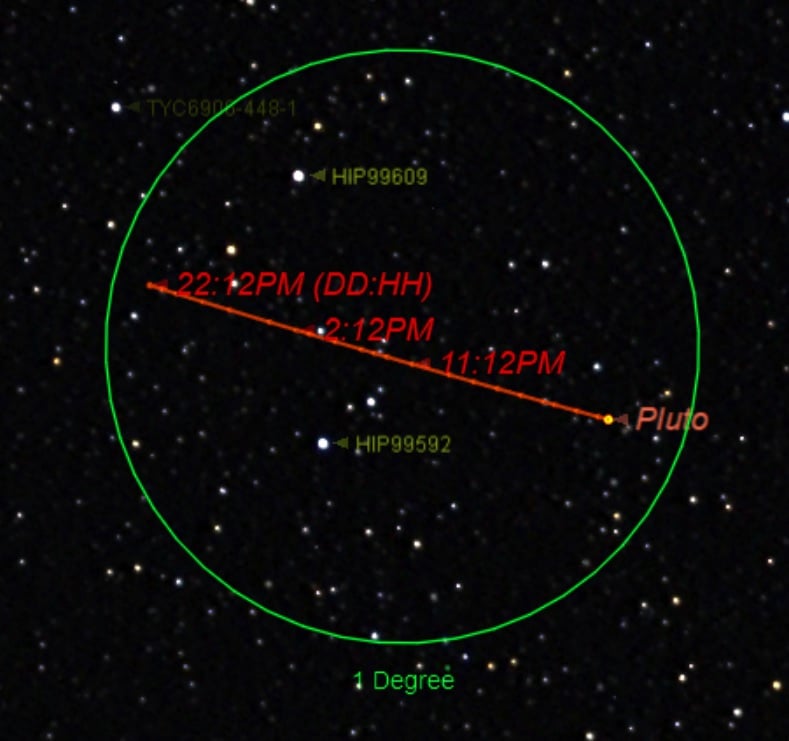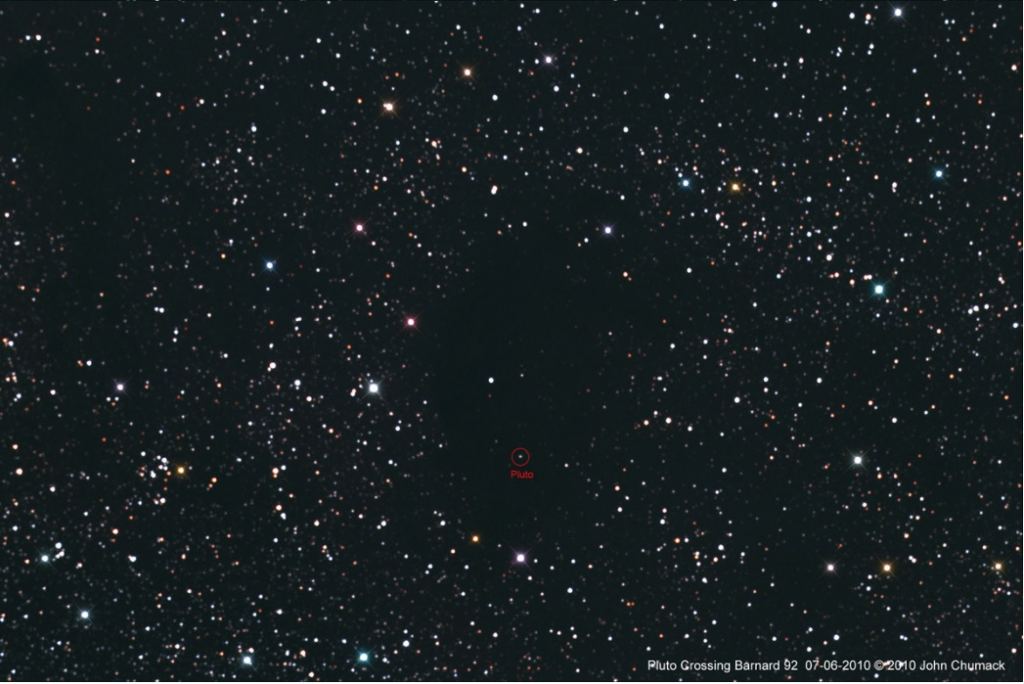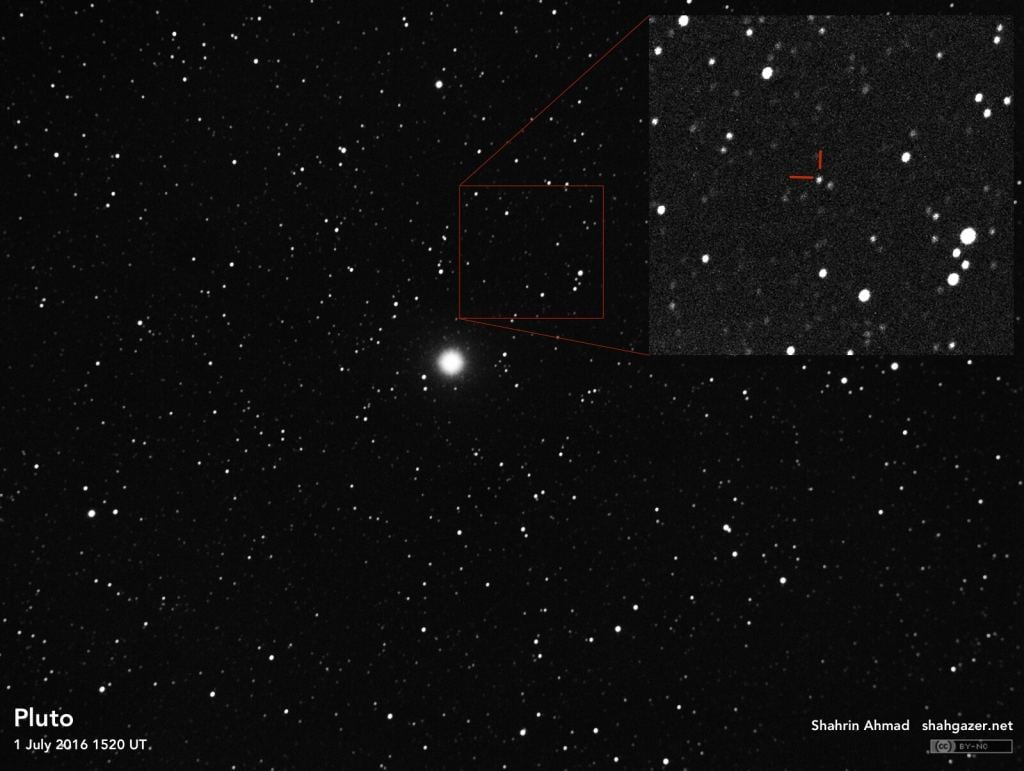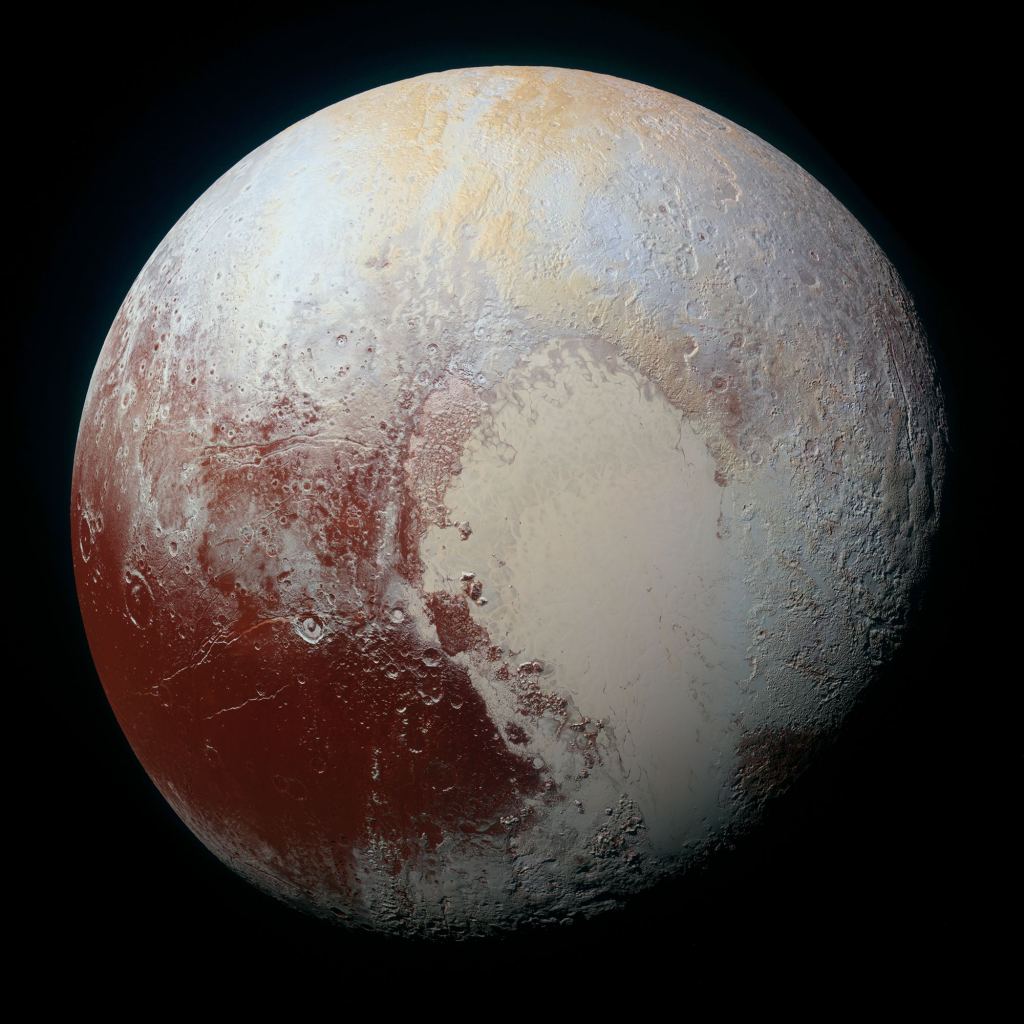Why July 2024 is a prime time to see distant Pluto before it fades from view.
Lots of the 'wow factor' in astronomy revolves around knowing just what you're seeing. Sure, a quasar might be a faint +14thmagnitude point of light seen at the eyepiece, but it's also a powerful energy source from the ancient Universe, billions of light-years distant.
The same case is true for finding Pluto. Though its 0.1" disc won't resolve into anything more than a speck in even the most powerful backyard telescope, knowing just what you're seeing is part of the thrill of finding the distant world.
Pluto in 2024
The good news is, Pluto reaches opposition for 2024 this week on July 23rd. This means it rises when the Sun sets, and is highest in the sky and well-placed for observation around midnight. 2024 sees Pluto loitering in the zodiacal constellation of Capricornus the Goat, just across the border from its former decade-long residence in Sagittarius.
Fun fact: on a leisurely 248-year orbit, Pluto has only moved from the constellation Gemini where it was first discovered by astronomer Clyde Tombaugh in 1930, to its present position.
At the eyepiece, Pluto presents a +14thmagnitude dot. You'll have to star hop through the dense star field to locate the distant world. Sketching or photographing the region to cinch the sighting. Your watching for the slight but discernible motion of the world from one night to the next. Heavens-Above can give you the right ascension/declination search coordinates for Pluto for a given night.
I remember showing off Pluto to viewers at the Flandrau Observatory in Tucson with the 14" telescope… the world was an easy catch, even from bright downtown urban skies. Use a 6" or larger aperture telescope in your quest.
A Receding World
Pluto passed perihelion on September 5th, 1989. It is now headed out to a distant aphelion 49.3 Astronomical Units (AU or 7.4 billion kilometers) from the Sun next century in February 2114. This means that Pluto varies in brightness from an apparent magnitude of +13.7 near perihelion, to 16 times fainter at magnitude +16.3 near aphelion. Clyde was fortunate that Pluto was headed towards perihelion in the mid-20th century. Otherwise, it might well have eluded discovery (!) Pluto is getting successively fainter with each opposition in the 21stcentury, so the time to see it for yourself is now.
From a Dot to a World
Until less than a decade ago, we knew of Pluto's brightness, distance and orbit… and not much else. One inside joke among astronomers was that Pluto's size and mass estimates were shrinking at such a rapid rate, that by 1980 it would disappear altogether (spoiler alert: it didn't). Charon was discovered by astronomer James Christy as a fuzzy blob peeking out from behind its parent body in images. The large moon was found using the 61-inch telescope at the Flagstaff Observatory in 1978. Since then, Hubble revealed four more moons, named Styx, Nix, Kerberos and Hydra.
At +16thmagnitude, Charon should be in range of a large dedicated amateur telescope. To date, I've only ever seen one convincing potential capture of the large moon. Orbiting once every six days, Charon reaches a separation of about 1"… certainly, near opposition is a key time to try and carry out this extremely challenging observation. Bizarre fact: if astronauts make it to the surface of Pluto by 2107 AD, they can witness a cycle of solar eclipses, courtesy of Charon.
NASA's New Horizons really opened up the frontier on Pluto and its moons during its historic flyby in 2015. The mission revealed the worlds in dramatic detail. Nearly a decade later, new research is still coming out on the results from the flyby. We now live in an era where we can discuss the formation of Charon, or the geology of Pluto …
Good luck, on your quest to cross Pluto off of your astronomical life list.
 Universe Today
Universe Today

